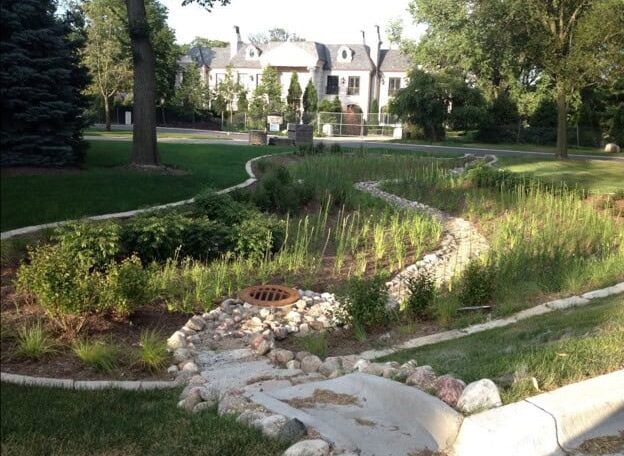Nuisance flooding is a familiar issue for municipalities across the country. Whether it’s nuisance standing water after every rainfall or repeated property damage in the same neighborhood, localized drainage problems can frustrate residents and stretch the capacity of local governments.
Our approach to drainage studies involves collecting data, analyzing watershed conditions, modeling storm events, and developing stormwater solutions that effectively balance conveyance, detention, and infiltration. These proven strategies are designed to help engineers and public agencies move from recurring drainage problems to practical, implementable results.
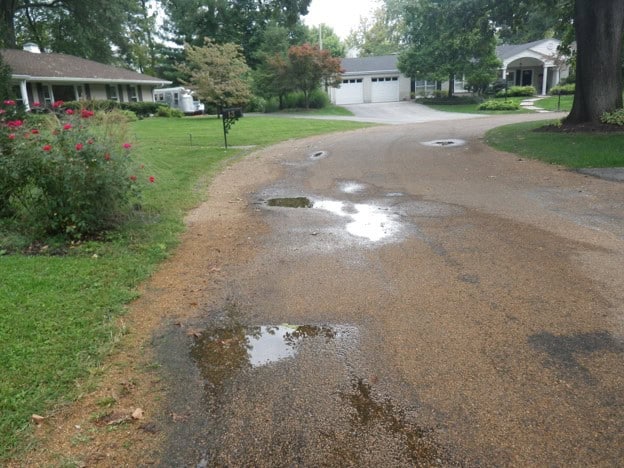
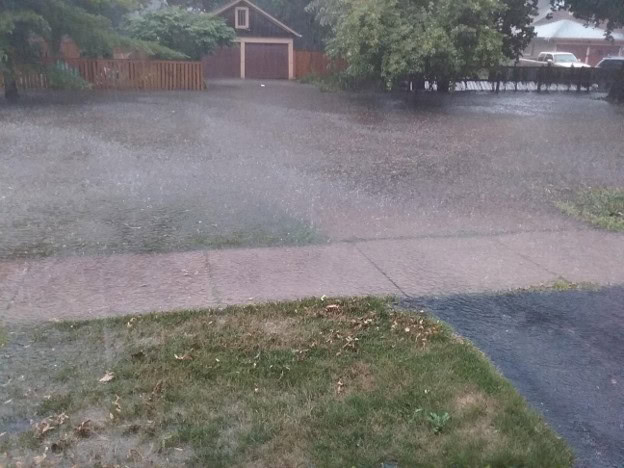
Understanding Localized Drainage Problems
Successful drainage studies start with a clear understanding of the problem, which often requires revisiting the site data and asking critical questions:
- Where is the water coming from? (Source)
- How severe is the problem? (Depth, spread, and velocity)
- How often does it occur? (Frequency)
- Has this happened before? (History and community feedback)
Pair this qualitative data with topographic conditions, inlet capacity assessments, and drainage area mapping. Often, a problem stems from a combination of causes, such as undersized pipes, inadequate overland flow paths, and lack of maintenance. A thorough desktop analysis—reviewing GIS data, aerial imagery, and historical rainfall—helps build a full picture of watershed dynamics. Once a site visit is complete, the real work begins.
Modeling the Watershed: Tools to Solve Localized Flooding
Modeling is a crucial next step. Selecting the right approach depends on the scope and complexity of the site:
- 1D vs. 2D modeling: Use 1D models for simple conveyance systems, such as pipes or channels. Use 2D models for more complex overland flow conditions—especially when detention is involved, whether it’s part of the design (like detention basins) or occurs in unintended areas such as yards and streets during flooding
- Rational method or hydrograph analysis: The rational method is appropriate for small drainage areas, while hydrograph-based models offer more detail for larger systems or longer-duration storms. If flooding is occurring it is best to consider a hydrograph-based model to account for the timing of peak inflows into the flooding area. Hydrograph based models will also provide the duration of ponding which is a critical tool in identifying a solution.
- Inlet capacity and flow routing: Don’t overlook the influence of inlet performance or blockages on surface flooding.
- Design vs. actual storms: Calibrate your model using historical rainfall data or simulate critical design storms to define the level of protection required (for example, 10-year or 50-year event).
This step identifies system failures and and establishes a foundation for evaluating alternative stormwater management solutions.
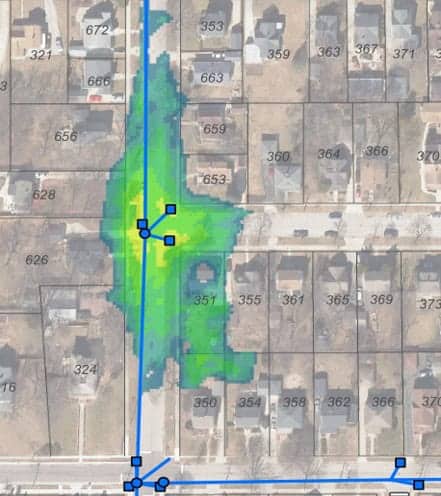
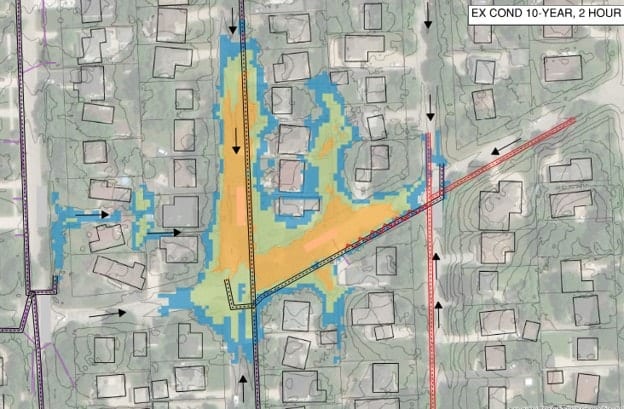
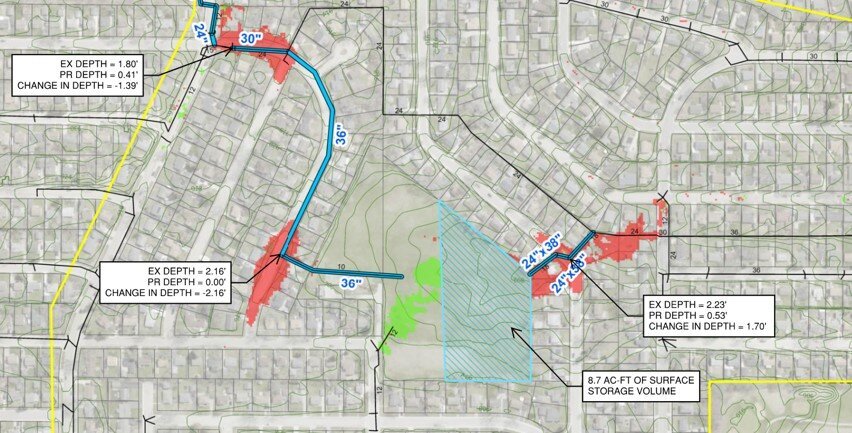
Key Approaches to Solving Localized Drainage Issues
Localized drainage problems rarely have a one-size-fits-all fix. Our experience shows that the best results often come from combining strategies. Here’s a look at the main categories of intervention:
Conveyance Enhancements
- Upsize existing storm sewer pipes or add parallel lines
- Introduce additional inlets to increase capture rates
- Create or restore overland flow routes that guide water safely downstream
- Evaluate alternate flow paths where topography allows
- Assess downstream capacity to make certain the proposed solution will not negatively impact downstream property owners.
Detention Solutions
- Construct detention basins in underutilized spaces
- Consider underground systems in dense urban areas
- Evaluate the design storm and provide sufficient volume to slow runoff.
- Determine whether the storage should be designed based on a specific allowable release rate or simply to use the available space.
- Balance detention benefits with impacts to surrounding properties
Infiltration Opportunities
- Install rain gardens, dry wells, or open bottom chambers if the in-situ soils allow
- Use permeable surfaces or open-bottom structures to reduce runoff volume
- Promote groundwater recharge while reducing surface flow
The key is to align the solution with available space, existing infrastructure conflicts, and the community’s long-term goals. In many cases, the most effective solution is a hybrid approach that leverages conveyance, detention, and infiltration.
Feasibility and Community Buy-In: Making It Work
Creative ideas are only helpful if they’re buildable. As you develop concepts, consider potential conflicts like buried utilities, limited ROW, mature trees, and property access. Evaluate how each solution affects ongoing maintenance, and work with public works staff to develop realistic designs they can support.
Another important element is communication. Share findings with stakeholders in a clear and approachable way. Use visuals, summary tables, and before-and-after diagrams to help decision-makers and residents understand the recommendations and expected benefits.
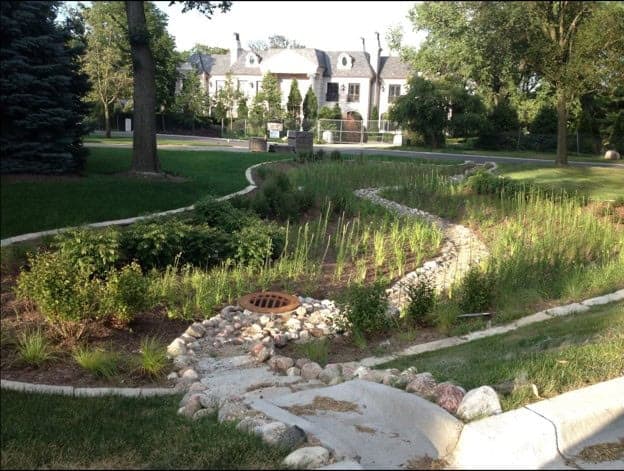
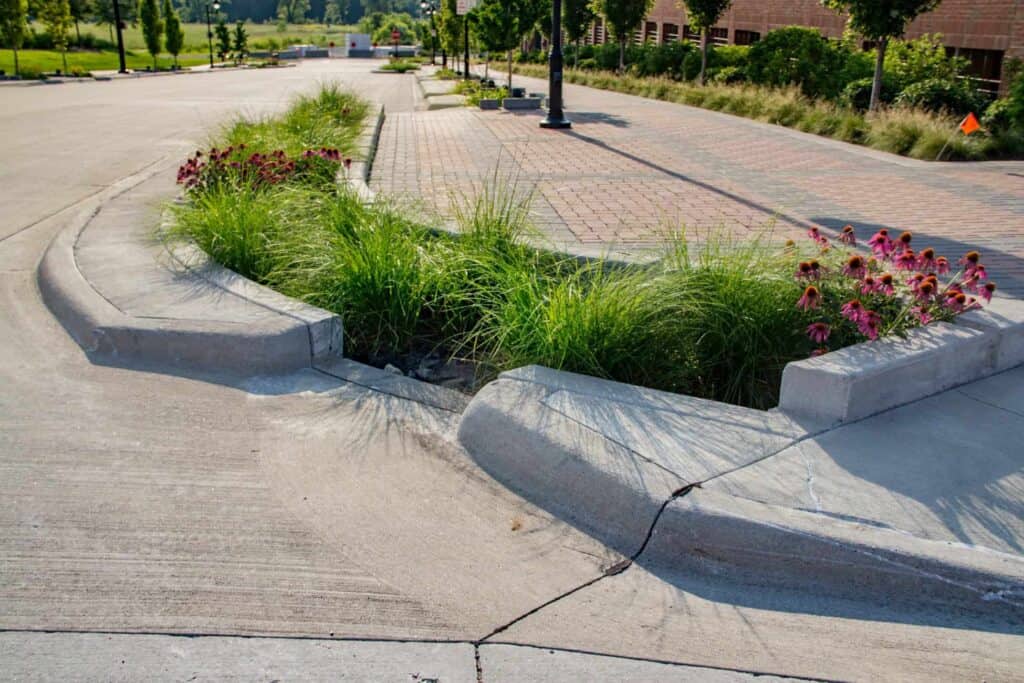
Turning Drainage Studies into Real-World Stormwater Solutions
The path from nuisance flooding to lasting relief is paved with good data, sound modeling, and a practical mindset. Whether you’re addressing backyard flooding, overwhelmed inlets, or low-lying streets that flood during every downpour, success starts with understanding the issue and carefully evaluating a range of solutions.
Our team has completed dozens of localized drainage studies for municipalities facing similar challenges. We understand how to navigate the technical hurdles and community concerns to design implementable strategies that reduce risk, improve safety, and enhance quality of life.
A prime example was the Western Slopes Drainage Study and Design in the Village of Mundelein, Illinois. After a major flood event in 2017, the Village engaged our team to investigate the cause and recommend solutions. Our team developed a solution that paired detention with conveyance improvements. Through careful modeling, coordination with multiple agencies, and thoughtful reuse of existing infrastructure, the Village was able to move forward with a cost-effective, constructible solution that mitigated flood risk and enhanced community resilience.
Let’s talk about how we can help your community with localized flooding issues—contact us today to get started!
